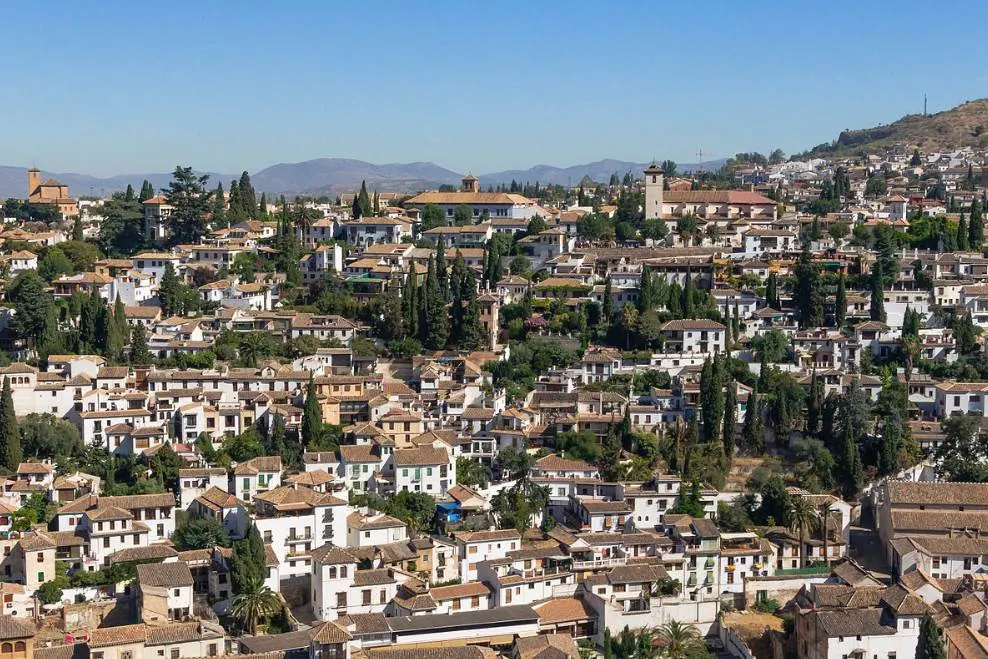Although this amazing city is home to one of the 12 Treasures of Spain, it has a lot more to offer than its most popular attraction.
Granada is a large city located in the central part of southern Spain. Although an ancient Roman town was likely located here, it doesn’t feature significant Roman monuments.
It didn’t grow in importance until several centuries after the Umayyad conquest of Hispania in the 8th century. It only became a major city in al-Andalus in the 11th century.
It became the capital of the Emirate of Granada in the 13th century and remained as such until the Granada Wars ended the Muslim rule in the region in 1492.
The major shift happened in the 16th century and it means that the city features both Christian and Islamic buildings, just like the landmarks in Seville.
In this article, you’ll discover some of the most famous buildings in Granada, a remarkable city to visit for many reasons.
1. Alhambra
The Alhambra is an amazing palace complex that was originally constructed as a medieval castle. It’s one of the most fascinating examples of Islamic architecture in Europe, even though many Christian additions were made when the Muslims were driven out of Granada.
The history of Alhambra dates back to the 13th century when the Nasrid emir Muhammad I Ibn al-Ahmar commissioned a fortress to defend the Emirate of Granda which he had just founded. The original castle was expanded multiple times over the century and also features some great examples of Spanish Renaissance architecture.

2. Palace of Charles V
The Palace of Charles V is the most notable Renaissance building that is part of the Alhambra complex. As the name of the palace suggests, it was commissioned by Charles V in 1527. The man never as the building completed and it was never used for any specific purpose, even remaining roofless until 1967.

The most remarkable feature of this square building is the circular courtyard that is lined with columns. This was a unique feature of Renaissance architecture that transformed it into one of the most revolutionary buildings of the 16th century.
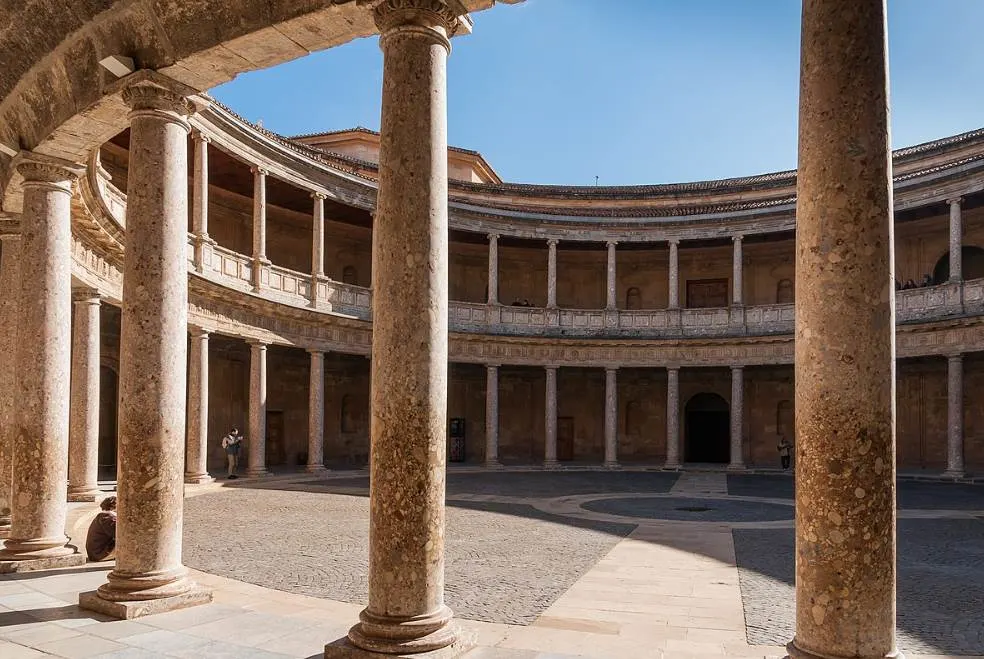
3. Generalife
The Generalife is the name of the Summer Palace that was constructed by the Nasrid rulers of the Emirate of Granada. It’s located on the hill directly east of the Alhambra and it’s believed that its name was derived from an Arabic sentence that translates to “Garden of the Architect.”
The building in Granada was constructed during Nasrid rule but underwent many changes throughout its history. Additions were made to the complex between the 16th and 20th centuries. Today, it serves as a major tourist attraction in Granada that can be visited together with the Alhambra.
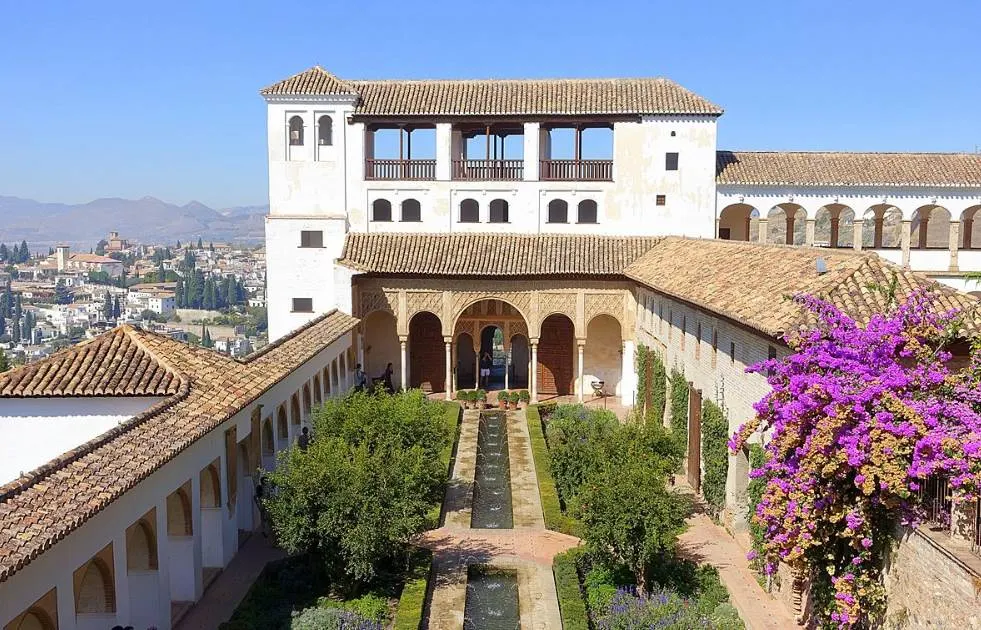
4. Royal Chapel of Granada
The Royal Chapel of Granada is a landmark in the city that was constructed in the so-called Isabelline style, a type of architecture also known as Isabelline Gothic. It was constructed between 1505 and 1517, shortly after the Christian reconquest of Andalusia.
The building is a famous mausoleum that holds the remains of the important Spanish monarchs, Queen Isabella I (1451-1504) and King Ferdinand II (1452-1516), the rulers when the reconquest happened. Apart from serving its purpose as a mausoleum, the chapel also features a museum with art once owned by Queen Isabella.

5. Granada Cathedral
Granada Cathedral is the main Roman Catholic cathedral in the city and the seat of the Archdiocese of Granada. The Royal Chapel of Granada adjoins this building which was constructed on top of the former mosque of Granada following the Christian Reconquest.
The building features both Renaissance and Baroque architecture and was completed between 1526 and 1561. The building is distinctive because it features 5 naves, all squeezed into a rectangular base. It was initially intended to become the final resting place of Charles V but this plan was shelved and subsequent monarchs were buried in El Escorial just outside of Madrid.
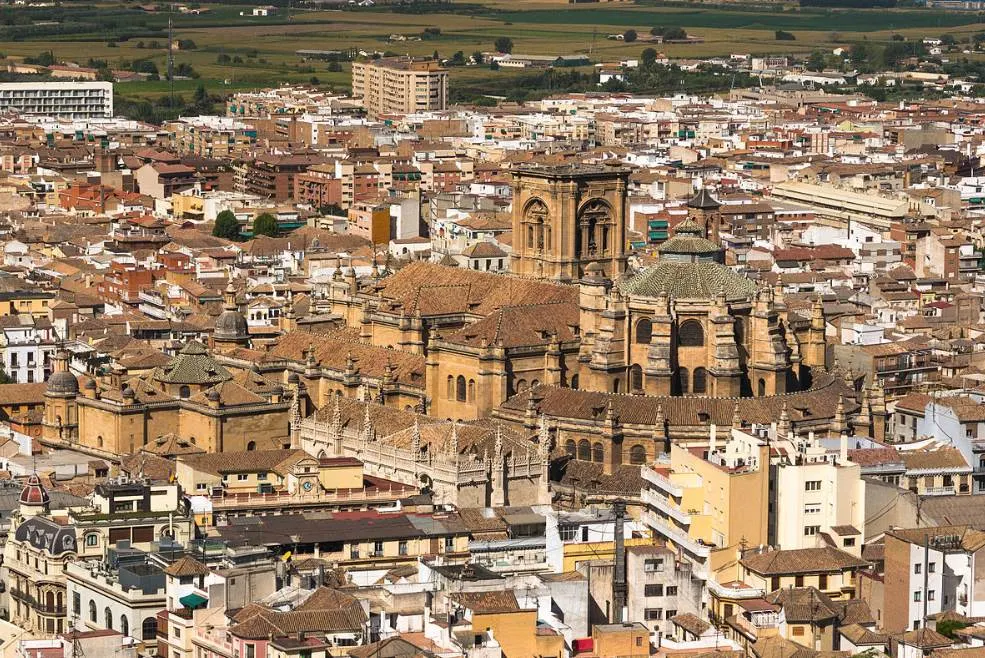
6. Monasterio de San Jerónimo
The Royal Monastery of Saint Jerome Roman Catholic Hieronymite monastery that is located just northwest of the Cathedral and Royal Chapel in central Granada. It’s another prime example of Renaissance architecture in the city and the construction of the buildings started in 1504.
The complex consists of two cloisters that are constructed around a central garden. The second cloister is the current home of the monks who still reside here and was once used as a residence of Empress Isabella of Portugal. She stayed here during the preparation for her marriage to the future Holy Roman Emperor Charles V.
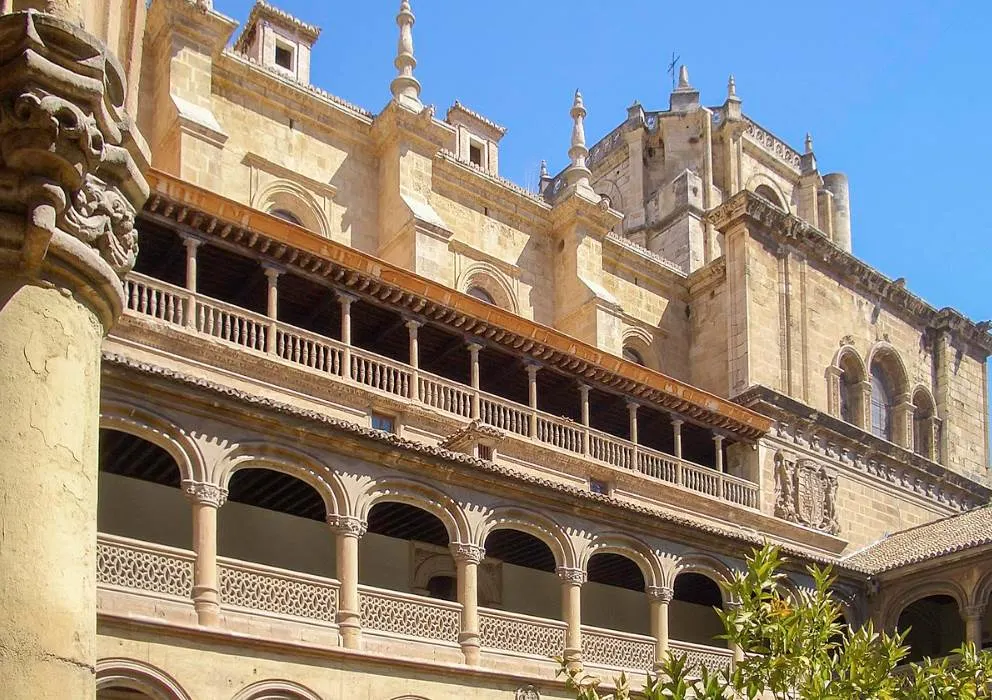
7. El Bañuelo
El Bañuelo is a building just northwest of Alhambra that is also known as the “Baño del Nogal or the “Bath of the Walnut.” It’s a historic Hamman or Islamic bathhouse that was used for this purpose until at least the 16th century.
The building is situated on the banks of the Darro River which provided water for bathing purposes. The former bathhouse was remodeled several times and served many other purposes throughout its history. It was completely renovated to how it looked during Muslim rule in the 20th century and currently serves as a tourist attraction.
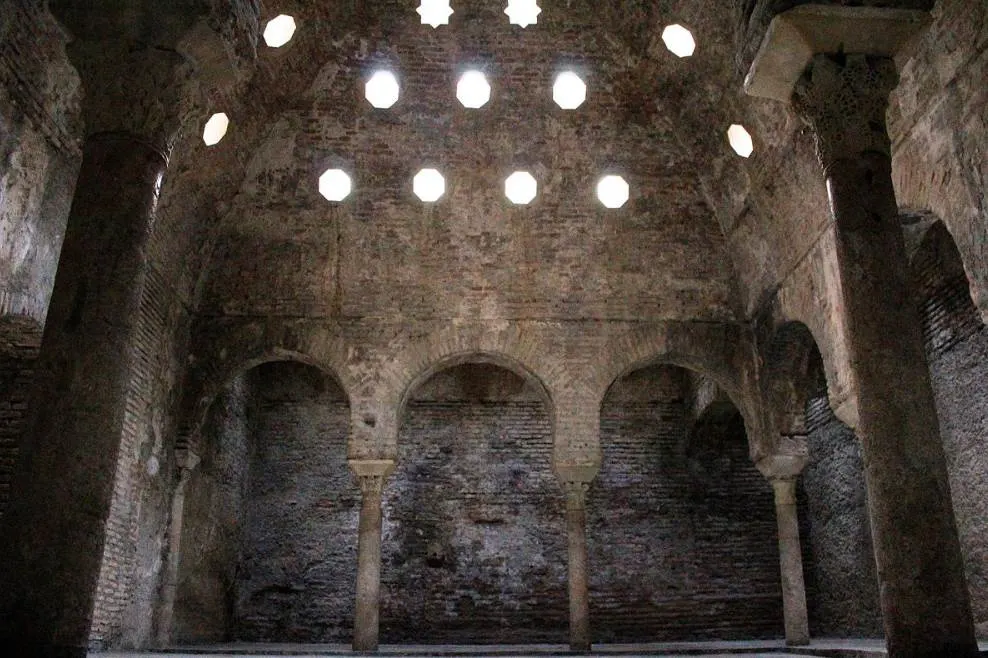
8. Madrasa of Granada
The Madrasa of Granada is also known as the Palacio de la Madraza and is another historic Islamic building that has a history going back to the 14th century. It was commissioned by Yusuf I, Sultan of Granada in the year 1349 and was situated right next to the former mosque of Granada which is now Grenada Cathedral.
A madrasa is a type of Islamic educational institution and the one established in Granada was the first of its kind to be opened in this part of the Islamic world. The exterior of the building was lavishly covered with white marble and the interior still features remarkable Islamic decorations.
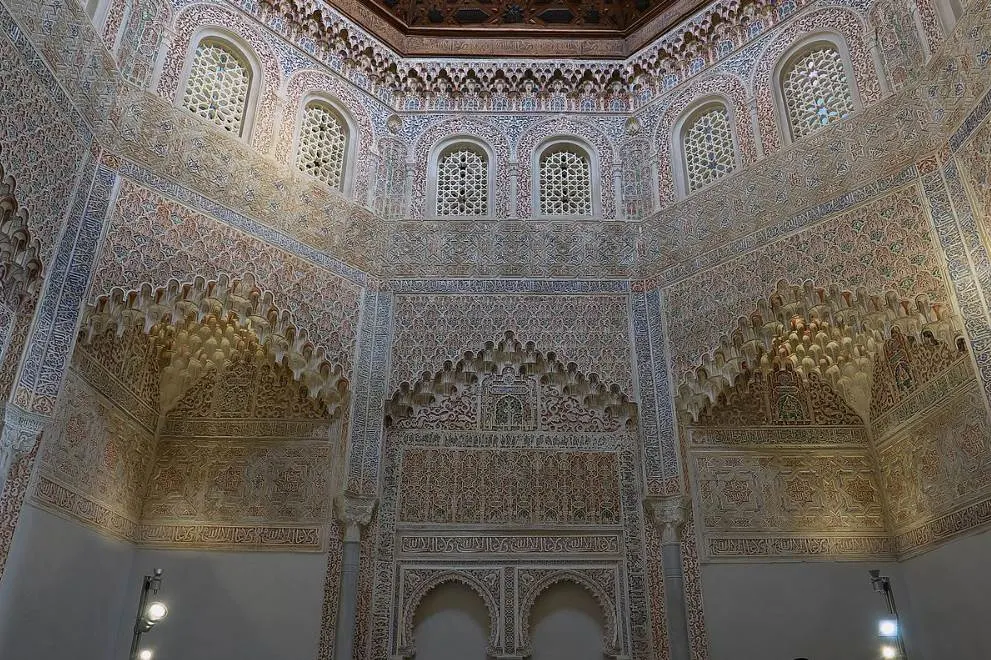
9. Parque de las Ciencias
Parque de las Ciencias is a modern building in Granada that was initially established in 1990 and completed in 1995. It’s a science museum that opened its doors under the slogan “A new kind of Museum” and has been one of the most popular attractions in Granada ever since.
The museum has been expanded several times in the past decades and currently features 70,000 square meters (753,473 square feet) of both permanent and temporary exhibitions. It’s a multi-purpose entertainment and educational complex that features a planetarium, library, educational facilities, and cinemas.
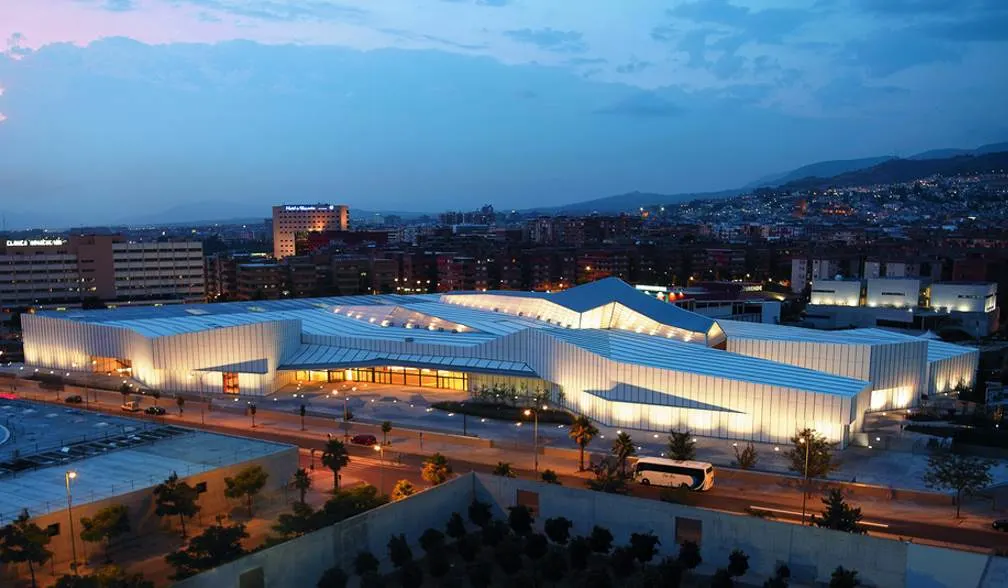
10. Albayzín
Albayzín isn’t a building in Granda but a district that is located just north of the Alhambra palace complex. It features a large number of monuments and has retained the original medieval street layout from when it was established during Nasrid rule in Granada.
Although a lot of buildings have been modified since the end of the 15th century, this district in Granada is the closest you’ll get to walking around in the medieval city. Because of its amazing historic value, it was declared a UNESCO World Heritage site in 1994 together with the famous complex nearby and the Generalife.
